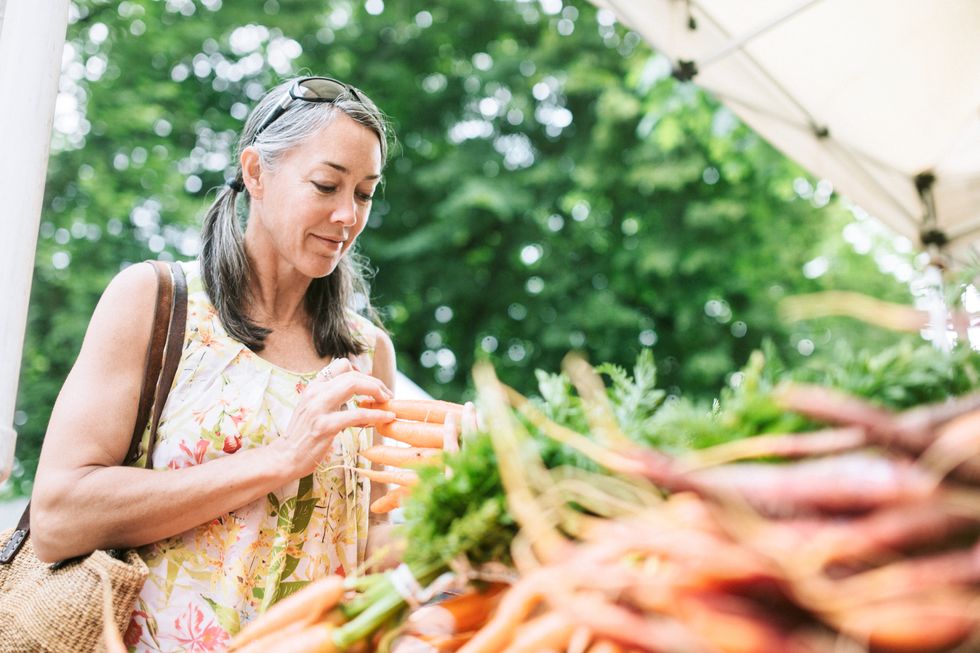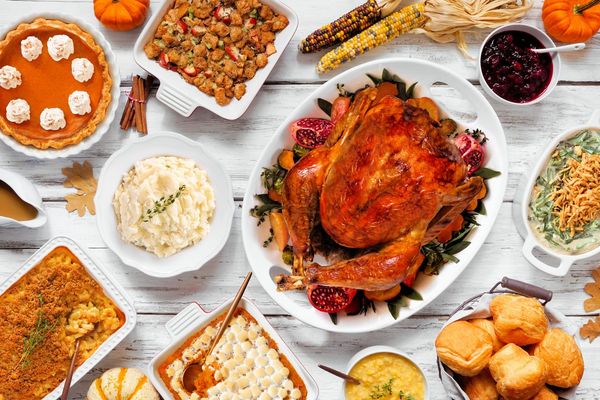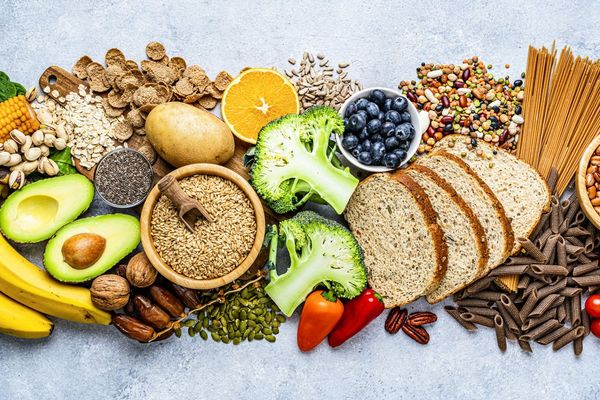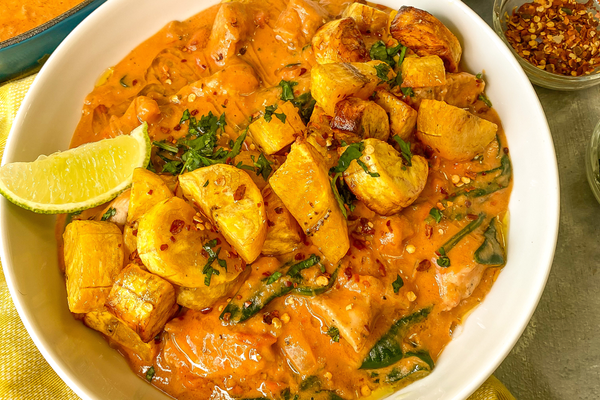You know it's important to stay hydrated. Water helps flush out toxins, maintains kidney function and keeps you feeling full. Your body's natural detox process happens in the liver, and one way to help it work properly is to stay hydrated with water.
But getting your water on doesn't only have to be done with water itself. Some foods are loaded with H20, too. Here are some that can help keep you hydrated.
Pears
Sweet and refreshing, water-filled pears contain soluble fiber. That means you'll feel fuller longer, which can help you lose weight. Pears may reduce your cholesterol levels and your risk of coronary heart disease. These blushing cranberry pears make a simple dessert.
Pineapples
Studies have found that this juicy tropical fruit may reduce pain in people with osteoarthritis in the knees and rheumatoid arthritis and may lower swelling in those with carpal tunnel syndrome. The fruit is brimming with bromelain, an anti-inflammatory that's been shown to lower the risk of strokes and heart attacks, help digest protein and boost fertility. It also boasts vitamin C and manganese. You'll love this Kale Almond Pineapple Smoothie as a snack or lunchtime treat.
Carrots
This orange veggie contains about 87 percent water. Plus, they offer tons of the powerful antioxidant beta-carotene. Studies have found that compounds in carrots help protect against skin, lung and oral cavity cancers. Just don't coat them in sugar, fat and salt. Otherwise, they'll lose their health benefits. Try steaming carrots and then roasting them with grass-fed butter. Sweeten them by drizzling a tablespoon of maple syrup on top. You can also serve this shredded carrot salad.
Watermelons
The invigorating summer fruit is high in water—about 92 percent—making it one of the most hydrating foods you can eat. Low in calories, it boasts fiber; nutrients like vitamins C and A and magnesium; and antioxidants like lycopene. To go beyond basic, combine watermelon with some savory and spicy ingredients for a refreshing twist in this simple and quick gazpacho recipe. Or create this Mango and Watermelon Salad. Here, you can also remove the watercress and pair with grilled chicken or fish.
Apples
Juicy apples are low in calories (a medium-sized apple is 72 calories, says the Centers for Disease Control & Prevention) and lack sodium or fat. They're one of the best fruit sources of filling fiber, which means you'll be satisfied enough to avoid binges throughout the day. In fact, research has shown that eating a fiber-filled apple before a meal can fill you up so you eat fewer calories. Plus, they can help reduce your cancer risk, promote heart health and give you energy, to boot. They're also helpful at balancing blood sugar, which can help you make better snacking decisions because you won't be desperate to get something into your belly quickly. Just know that the skin can be harmful if your apple isn't organic. If it's not organic, peel it to avoid pesticides. (Always wash produce before eating it whether it's organic or not). Check out our 10 healthy apples recipes that you're guaranteed to love.
Grapefruits
Grapefruits are loaded with water, keeping you hydrated and satisfied, helping you eat less. Plus, the fruit contains fat-burning enzymes, categorizing it as a weight-loss superfood. And because it takes more energy to digest this fruit, it helps you burn more calories. This fruit powerhouse also is a good source of protein, vitamin C, folic acid and potassium. Cook the cod here in the microwave and mix in grapefruit, vegetables and rice for a quick and healthy one-dish meal.
Strawberries
These berries are about 92 percent water, making them quite hydrating. Benefits go beyond water content, though. This nutritious fruit boasts folate, potassium, vitamin C and manganese. Strawberries are loaded with antioxidants, which help reduce your risk of chronic disease. This vivid red rhubarb and strawberry soup makes a lovely lunch or soup course for an elegant dinner.
Tomatoes
A tomato contains nearly 95 percent water. The low-calorie tomato is brimming with nutrients like immune-boosting vitamins A and C, fiber, potassium and antioxidants like lycopene. Just beware of tomato sauce. Manufacturers add sugar to make tomato sauces sweeter and to balance the acidity. A half-cup serving of ready-to-serve pasta sauce has 6.5 grams of sugar. This tomato and artichoke tart can be cut into squares for a tasty appetizer or served as a main course for lunch or dinner.
Kiwis
This small fruit packs a hydrating punch, made up of 85 percent water. It has a low glycemic index, which helps prevent blood sugar spikes. Kiwi and honeydew melon complement each other nicely in this smoothie to create a tasty treat that's perfect for any time of day. The apple provides a hint of tartness to offset the sweetener and enhance the flavors of the kiwi and melon.
Celery
The crunchy green vegetable is about 95 percent water. Low in calories, it's high in vitamin K, folate and potassium. Plus, the low-calorie vegetable offers mineral salts, amino acids and vitamins, which research shows may hydrate you twice as effectively as a glass of water. Add some celery to your lunchtime sandwich with this vegetarian chickpea sandwich filling.







